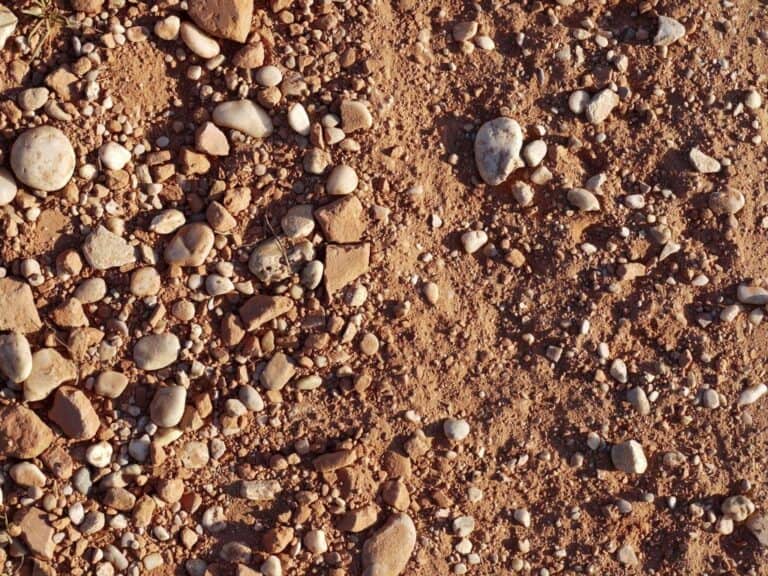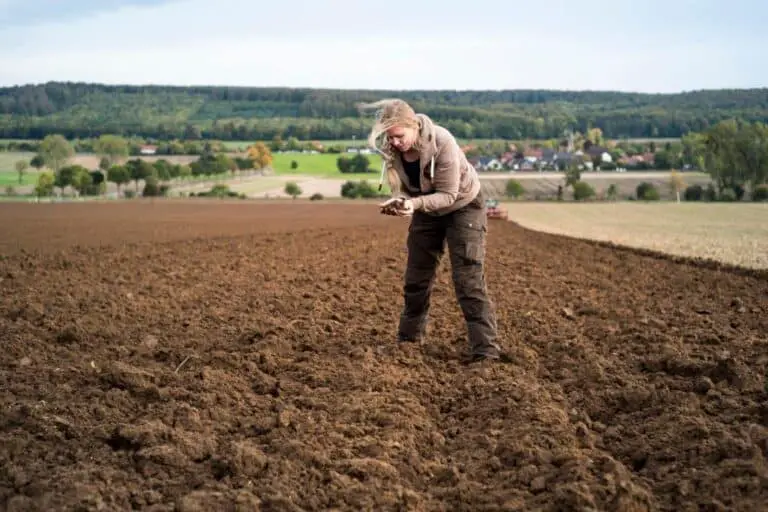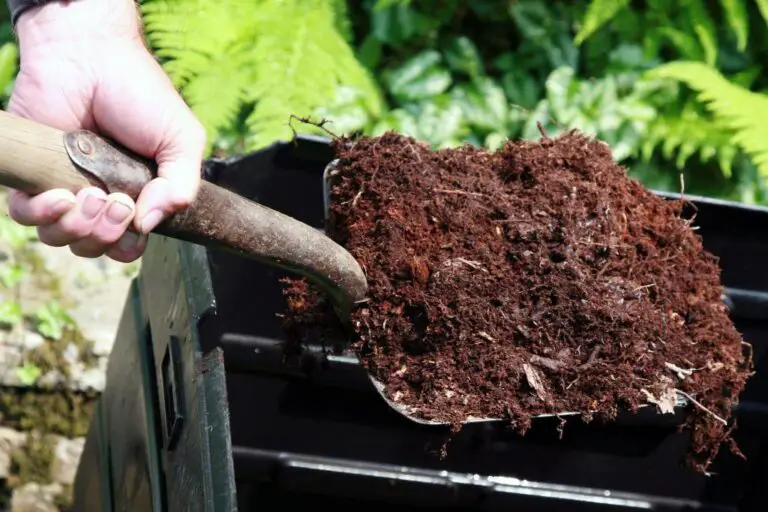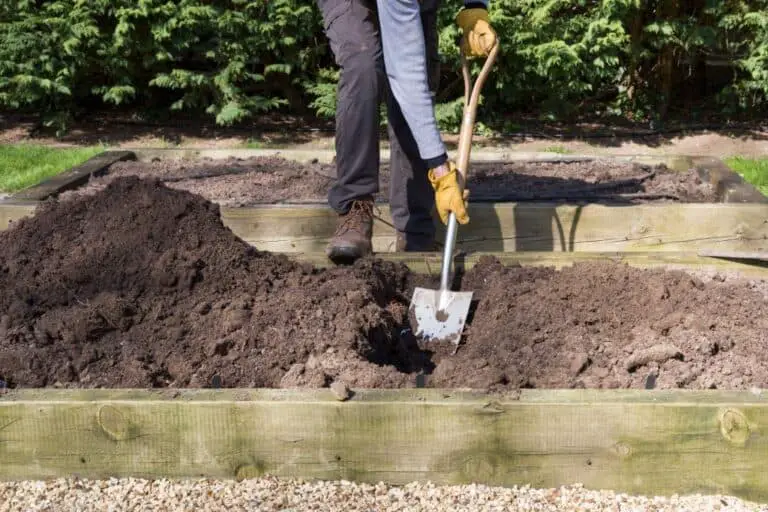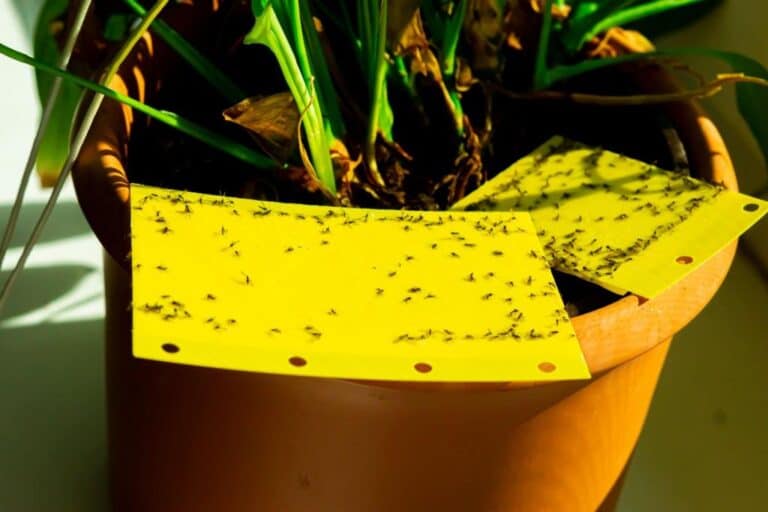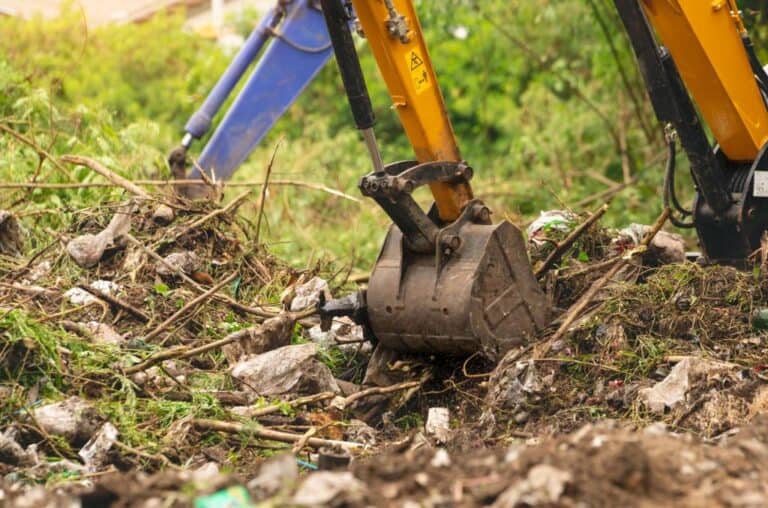How to Add Humus to Soil: Easy Soil Rich Amendments

When it comes to gardening, one of the key ingredients for success is healthy soil. Soil rich in organic matter, like humus, provides fertile ground for plants to thrive. Humus, often hailed as the ‘black gold’ of gardening, is the unsung hero that can turn your garden from mediocre to magnificent. It’s the life force that nurtures your plants, ensuring they get the nutrients, moisture, and structure they crave.
Whether you’re a seasoned gardener or just starting, learning how to add humus to your soil is a fundamental skill that can significantly enhance your garden’s productivity.
In this comprehensive guide, we’ll explore what humus is, why it’s essential, and several easy methods to incorporate it into your garden soil.
Understanding the Importance of Humus to Soil
Humus, often called the “black gold” of gardening, is the organic component of soil that forms as plant and animal matter decompose over time. This dark, crumbly substance is teeming with nutrients, beneficial microorganisms, and essential elements that are crucial for plant growth. Here are some key reasons why humus-rich soil is essential:
- Nutrient-Rich: Humus is packed with essential nutrients such as nitrogen, phosphorus, and potassium (NPK), along with a plethora of micronutrients. This nutrient reservoir provides plants with a steady supply of what they need for optimal growth.
- Improved Water Retention: Humus acts like a sponge, increasing the soil’s water-holding capacity. This means your plants will have access to moisture for longer periods, reducing the need for frequent watering.
- Enhanced Soil Structure: The addition of humus improves soil structure, making it crumbly and easy to work with. This well-structured soil allows for better root penetration and air circulation.
- Balanced pH Levels: Humus tends to have a near-neutral pH, which helps stabilize and buffer the soil’s acidity or alkalinity, providing an ideal environment for most plants.
- Beneficial Microorganisms: Humus is a haven for beneficial bacteria and fungi that aid in breaking down organic matter, preventing diseases, and enhancing nutrient availability for plants.
How to Add Humus to Your Soil
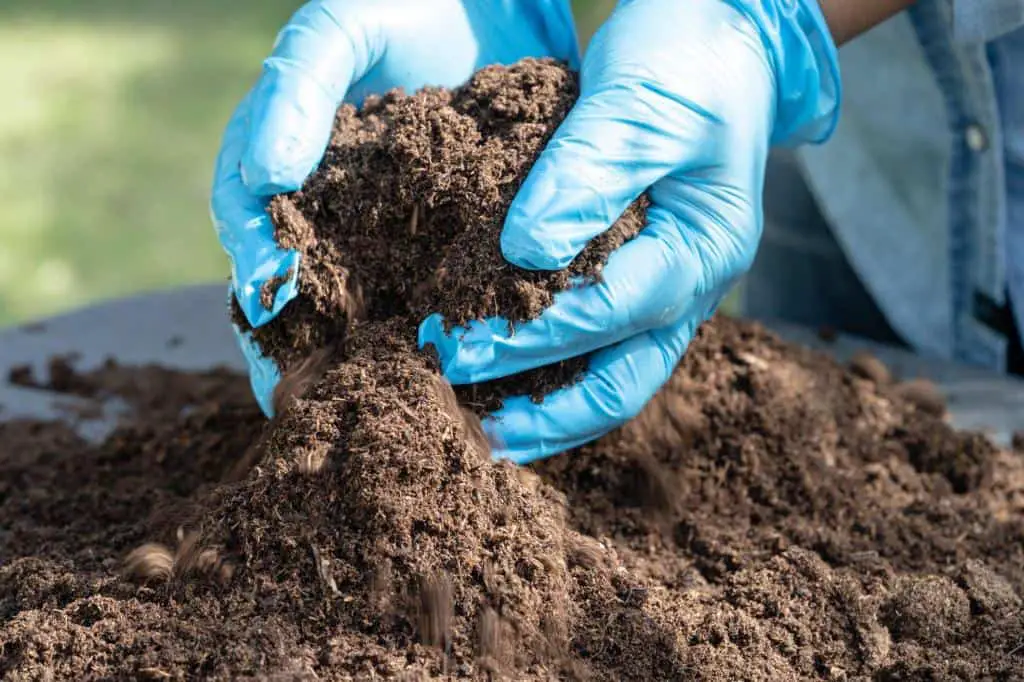
Now that you understand why humus is crucial for your garden, let’s explore some easy and effective methods to incorporate it into your soil:
1. Compost
Composting is one of the most accessible and eco-friendly ways to add humus to your soil. You can create your compost pile using kitchen scraps, yard waste, and other organic materials. Here’s how to get started:
- Create a compost bin or designate an area for composting.
- Add a mix of green (nitrogen-rich) and brown (carbon-rich) materials. Greens include kitchen scraps like fruit and vegetable peels, while browns include leaves, straw, and paper.
- Turn the compost pile regularly to ensure proper aeration and decomposition.
- Within a few months to a year, you’ll have nutrient-rich compost ready to mix into your garden soil.
2. Organic Mulch
Mulching is an excellent way to retain soil moisture and add humus simultaneously. Organic mulch materials like shredded leaves, straw, or wood chips break down over time, enriching the soil beneath. Follow these steps:
- Spread a layer of organic mulch around your plants, ensuring it’s a few inches thick.
- As the mulch decomposes, it will gradually contribute humus to the soil.
- Be sure to replenish the mulch layer as needed, typically once or twice a year.
3. Cover Cropping
Cover cropping involves planting specific crops during the off-season to improve soil fertility. Legumes, such as clover or vetch, are popular choices because they fix nitrogen in the soil. Here’s how to use cover crops effectively:
- Plant cover crops in areas of your garden that aren’t currently in use.
- Allow them to grow until they reach maturity.
- Cut down the cover crops and turn them into soil before they flower and set seeds. This adds organic matter and nutrients to your soil.
4. Well-Decomposed Manure
Manure, when fully decomposed, is an excellent source of humus and nutrients. However, it’s essential to use well-aged or composted manure to avoid burning your plants with excessive ammonia. Follow these steps:
- Obtain well-decomposed manure from a trusted source.
- Mix it into your garden soil before planting or as a top dressing.
- Water thoroughly after adding manure to prevent nutrient loss through leaching.
Related: Can I Use Fresh Raw Manure Directly in My Garden?
5. Worm Castings
Worm castings, often referred to as “black gold” by worm composting enthusiasts, are a nutrient-rich humus produced by earthworms. You can easily incorporate worm castings into your garden:
- Purchase or set up a worm composting system, such as a worm bin.
- Feed the worms with kitchen scraps and organic materials.
- Harvest the worm castings and mix them into your garden soil or use them as a top dressing.
Calculating the Right Amount of Humus
Before adding humus to your soil, it’s essential to determine the correct amount. While there isn’t a one-size-fits-all answer, you can perform a simple soil test to gauge your soil’s humus content and adjust accordingly. Here’s a basic guideline:
- Soil Test: Collect a soil sample from your garden. You can often get soil testing kits from your local garden center or cooperative extension office.
- Assess Current Humus Levels: The test results will provide information about your soil’s organic matter content. Generally, you want your soil to contain at least 5–10% organic matter, with 20–30% being ideal for vegetable gardens.
- Adjust as Needed: Depending on your test results, you can calculate how much humus you need to add to reach your desired organic matter percentage. Use the methods mentioned earlier to gradually amend your soil over time.
Read: Why Does Topsoil Have More Humus and Organic Richness Than Subsoil?
The Relationship Between Humus and Organic Matter
It’s important to note that humus is just one part of the organic matter equation. Organic matter includes everything from fresh plant debris to partially decomposed materials like compost. Humus, however, is the most stable and long-lasting form of organic matter, which means it can persist in your soil for years, continually benefiting your plants.
Now that we’ve grasped the significance of humus, let’s explore various methods to incorporate this black gold into your soil.
Different Types of Organic Materials for Humus Addition
When it comes to enriching your soil with humus, you have a variety of organic materials at your disposal. Each material has its own unique qualities and benefits, allowing you to tailor your approach to your specific gardening needs.
| Organic Material | Pros | Cons | Nutrient Content |
| Compost | Rich in nutrients, enhances soil structure | May require time to produce, cost of materials and labor | Varied, depends on ingredients |
| Leaf Mold | Excellent moisture retention, promotes microbial life | Slower decomposition, sourcing leaves may be challenging | Moderate |
| Peat Moss | Good moisture retention, pH-neutral | Limited availability, concerns about sustainability | Low |
| Well-Aged Manure | Abundant nutrient source, which promotes microbial activity | Potential for weed seeds, odor during decomposition | High |
| Cover Crops | Natural, soil-building, suppresses weeds | Requires space and time to grow, needs incorporation | Varies by plant type and age |
Each of these materials can contribute to your soil’s health in its own way. Choosing the right one depends on your garden’s unique requirements and the resources at your disposal.
Common Mistakes and Challenges in Adding Humus to Soil
Even the most experienced gardeners can encounter challenges when enriching their soil with humus. Let’s address some common mistakes and how to overcome them:
- Over-Amendment: Adding too much humus can disrupt the balance of nutrients in your soil. It’s essential to follow recommended guidelines and perform regular soil testing.
- Improper Composting: Composting errors, like neglecting the carbon-to-nitrogen ratio or inadequate aeration, can slow down decomposition. Be diligent in your composting practices.
- Soil Compaction: Compacted soil prevents root growth and restricts the movement of air and water. Regularly aerate your soil to counteract this issue.
Recognizing and rectifying these issues will help ensure your soil enrichment efforts are successful.
Conclusion
Adding humus to your garden is one of the best organic soil improvement methods available, and it comes with a plethora of benefits for your soil and plants. Whether you choose to compost, mulch, use cover crops, incorporate manure, or employ worm castings, you’re infusing your soil with essential organic matter. This enriches the soil structure, enhances its fertility, and creates an environment where beneficial microorganisms thrive. The end result is nutrient-rich soil that forms the foundation for better plant growth, yielding vibrant and healthy plants.
Incorporating humus into your garden may seem like a complex task, but it can be broken down into simple steps. You can start by composting kitchen scraps and yard waste, creating a valuable source of humus. Mulching with organic materials like leaves or straw not only enriches the soil but also conserves moisture and prevents weed growth. Cover crops, like legumes or clover, can be sown during the off-season to protect and nourish the soil. These steps are all part of the best practices for soil amendment, ensuring that your garden thrives.
Remember that soil improvement is an ongoing process, and consistency is key to long-term success. Regularly monitoring and amending your soil with humus will result in a garden that flourishes year after year. So, roll up your sleeves, get your hands dirty, and start enriching your soil with humus today. Your garden will thank you with bountiful harvests and a vibrant, healthy ecosystem. Happy gardening!
FAQs on Humus vs. Compost in Soil Enrichment
What is the best time to add humus to the soil?
The best time to add humus to the soil is in the spring or fall, when you’re preparing your garden for planting. This allows the humus to integrate with the soil before the growing season.
Can you buy humus for soil improvement?
Yes, you can buy humus for soil improvement. Many garden centers and nurseries offer bagged humus or composted materials that can be easily incorporated into your garden.
Are there any side effects of adding too much humus to soil?
Adding too much humus to soil can lead to waterlogging and nutrient imbalances, potentially harming plant roots. It’s essential to maintain a balanced humus-to-soil ratio.
Can I use homemade compost as humus in my garden?
Homemade compost can serve as excellent humus for your garden, provided it’s well-decomposed and rich in organic matter.
What is the difference between humus and compost?
Humus is the end product of fully decomposed organic matter, while compost is a mixture of decomposing organic materials. Compost is a precursor to humus and can be used to create humus over time.
Can humus improve soil texture for all types of soil?
Humus can improve soil texture for various soil types, but the extent of improvement may vary. It’s particularly beneficial for heavy clay soils.
How long does it take to see the effects of humus on soil quality?
The effects of humus on soil quality can be seen within a few months to a year, depending on the initial soil condition and the amount of humus added.

